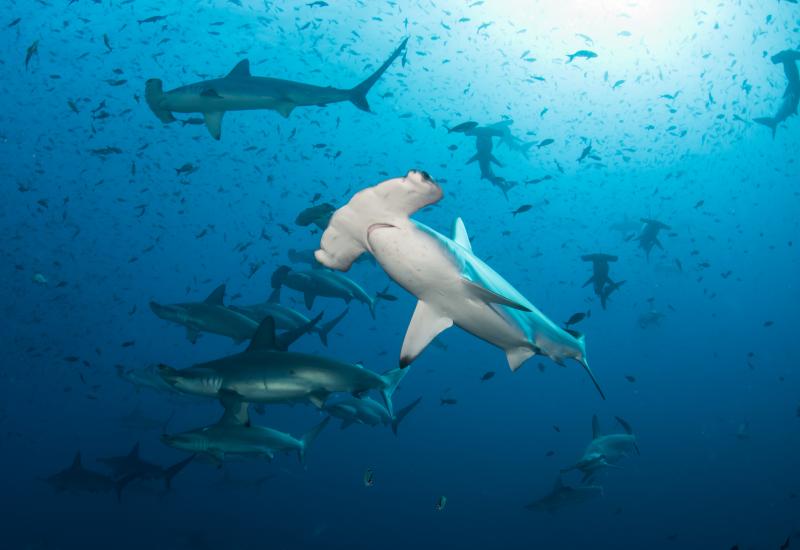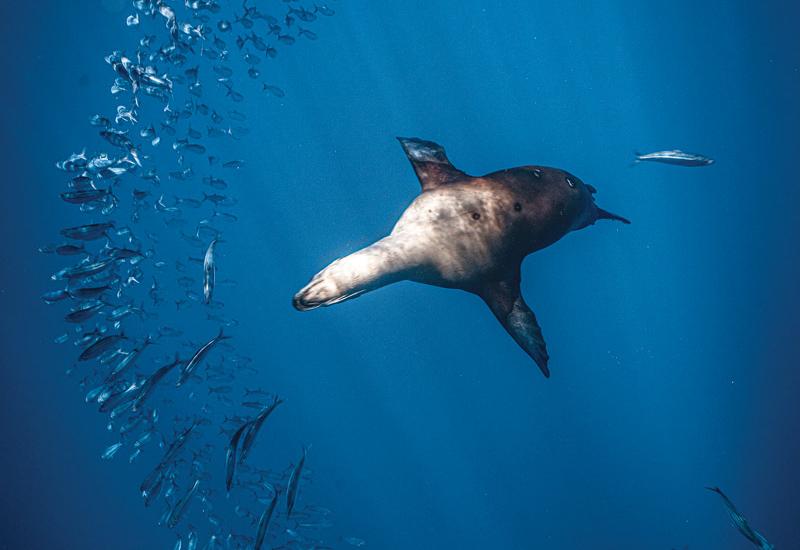Scientists Discover 30 New Marine Species in the Galapagos
Thirty new species of deep-sea invertebrates have been discovered by a team of scientists in the Galapagos Islands.
Scientists from the Charles Darwin Foundation, the Galapagos National Park Directorate, the Ocean Exploration Trust, and individual biologists used remotely operated vehicles to explore areas more than 11,000 feet below the ocean’s surface.
The new species found at depth include:
- Corals: In total, 14 new coral species were observed by the team: ten species of bamboo corals and four species of octocorals. According to the Charles Darwin Foundation, one new species is “the first giant solitary soft coral known for the Tropical Eastern Pacific.”
- Brittle Star: One new brittle star species was discovered. These invertebrates have longer, whip-like arms than their starfish relatives, which they use to crawl across the seafloor and traverse coral reefs.
- Sponges: Eleven sponge species were identified in a new genus that can grow colonies about three feet wide. Like corals, sponges lack brains and central nervous systems but can regenerate their appendages.
- Crustaceans: The crew observed four new species of squat lobsters, which are closely related to hermit crabs but do not carry shells on their backs. These species have a flattened appearance and have sharp claws to defend against predators.
All new species were found on seamounts, which are underwater extinct volcanoes. Seamount ecosystems were largely unexplored until recently, but innovative technology allows research teams to access hard-to-reach places.
"The deep-sea remains as earth's last frontier, and this study provides a sneak-peak into the least known communities of the Galapagos Islands," marine scientist and study leader Pelayo Salinas de León says in a press release.
The Galapagos was made famous for its biodiversity by Charles Darwin. The archipelago’s isolation — it’s located 862 miles from the coast of mainland Ecuador — plays a large part, as the unique environment has forced species to adapt and evolve to survive.
The new marine species are the most recent case in a string of landmark biological discoveries made in the Galapagos. In 2017, a hybrid finch species was found, and a tortoise that had believed to be extinct for over 100 years was spotted on a remote island in the archipelago in 2019.
The Galapagos is a marine protected area and a UNESCO World Heritage Site, giving species — those discovered and those unseen — a chance to thrive.
"These pristine seamounts are within the Galapagos Marine Reserve and are protected from destructive human practices such as fishing with bottom trawls or deep-sea mining that are known to have catastrophic impacts upon fragile communities,” Salinas de León says. “Now, it is our responsibility to make sure they remain pristine for the generations to come.”










